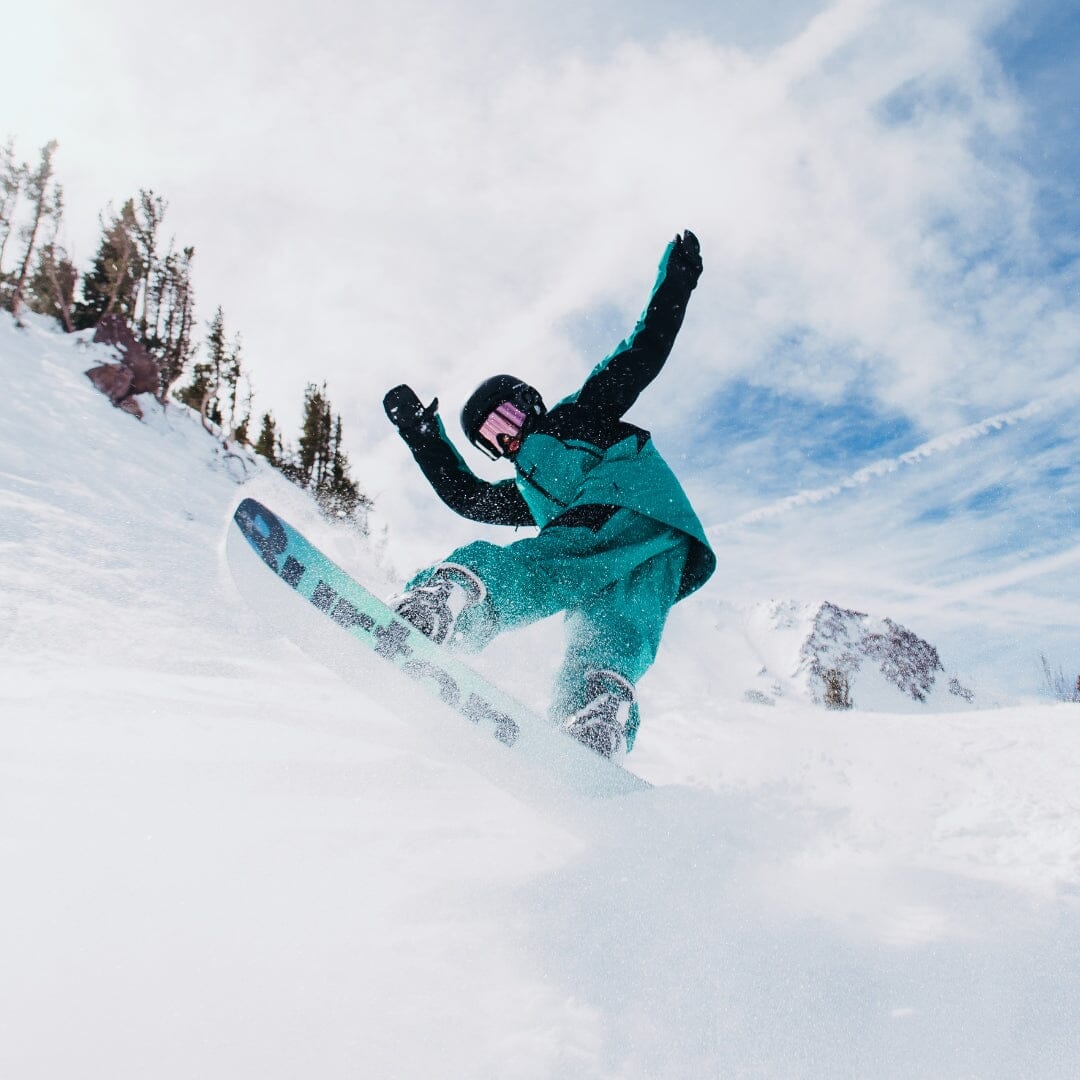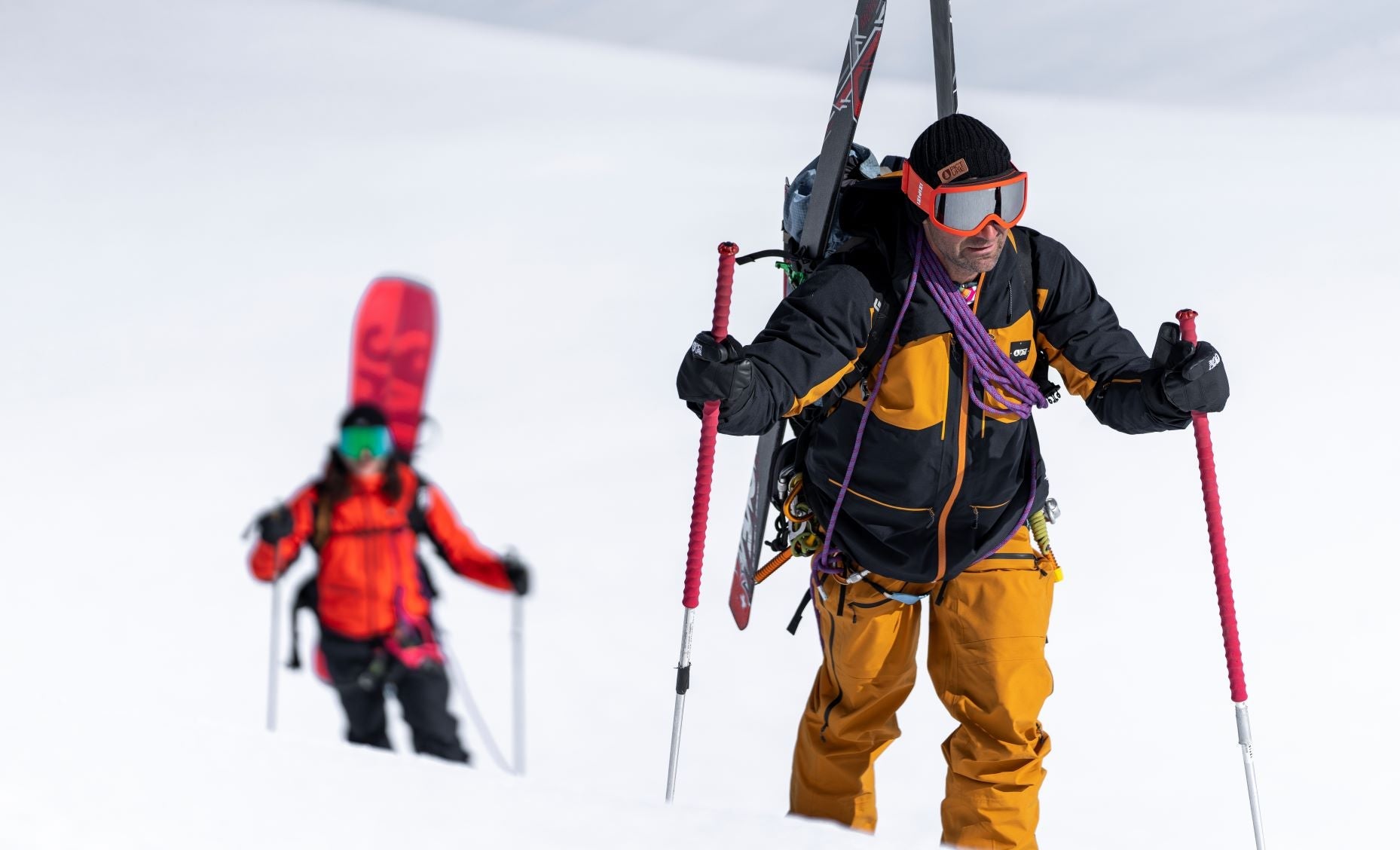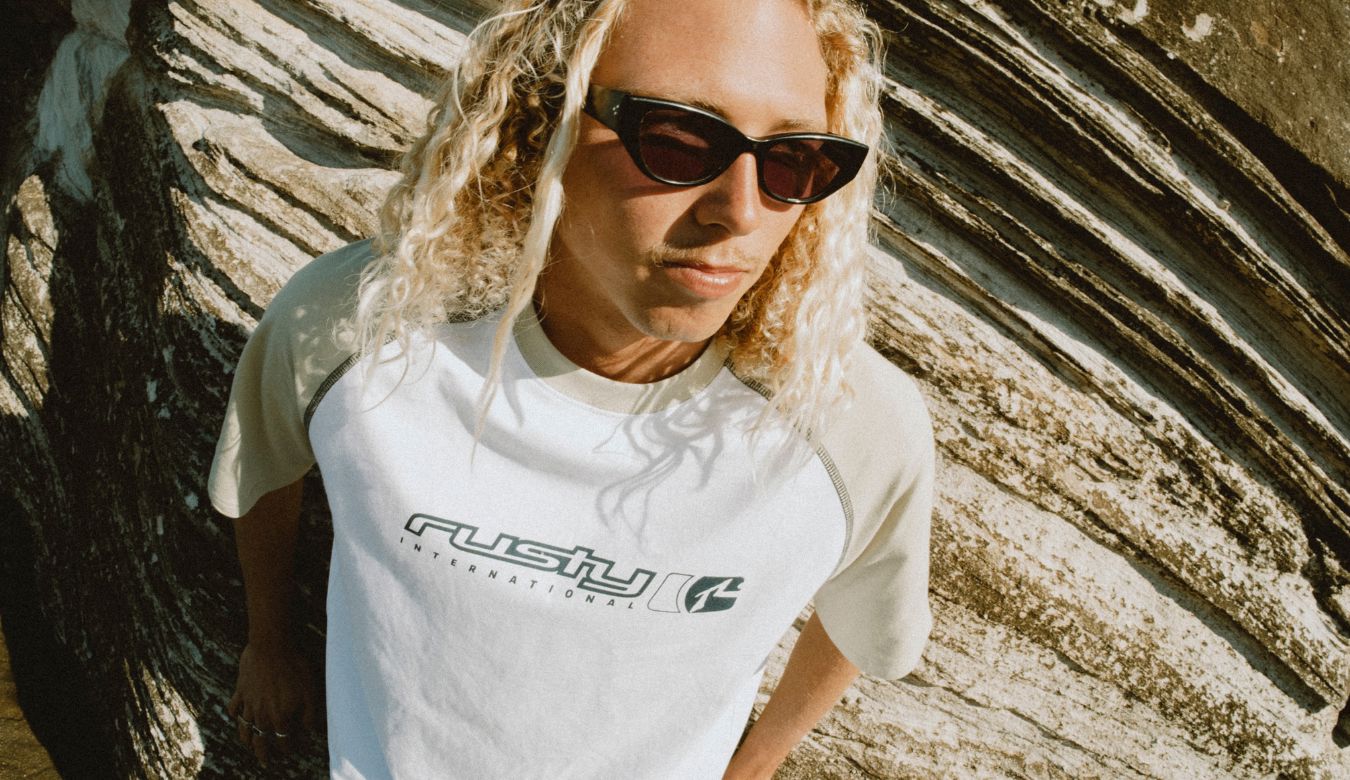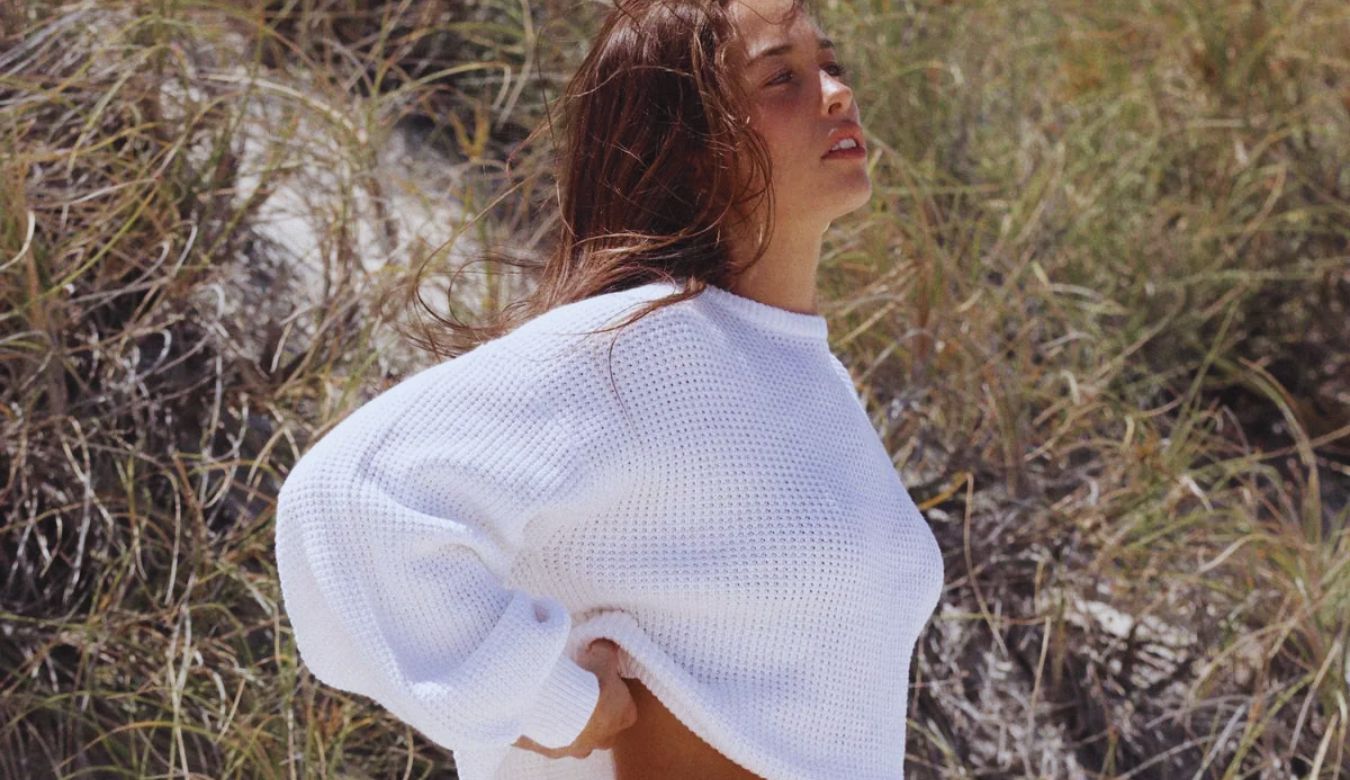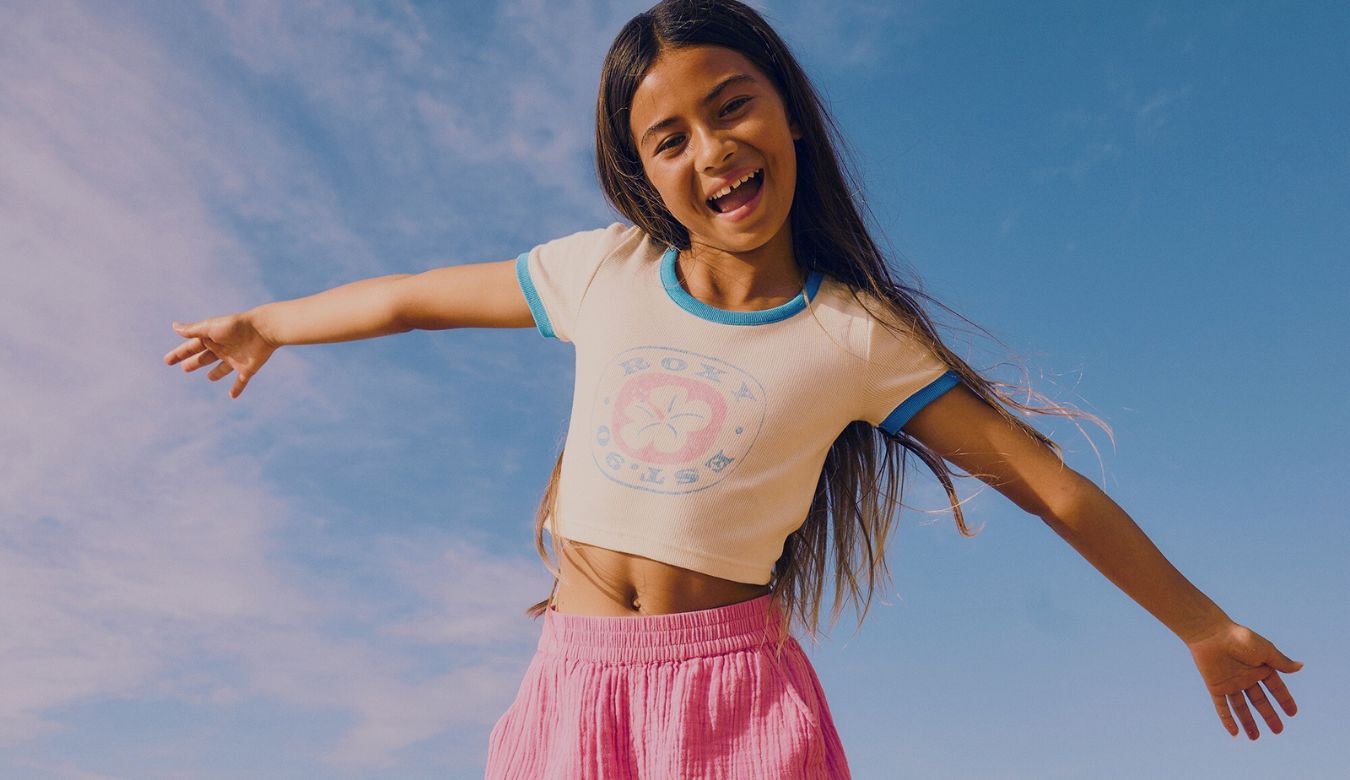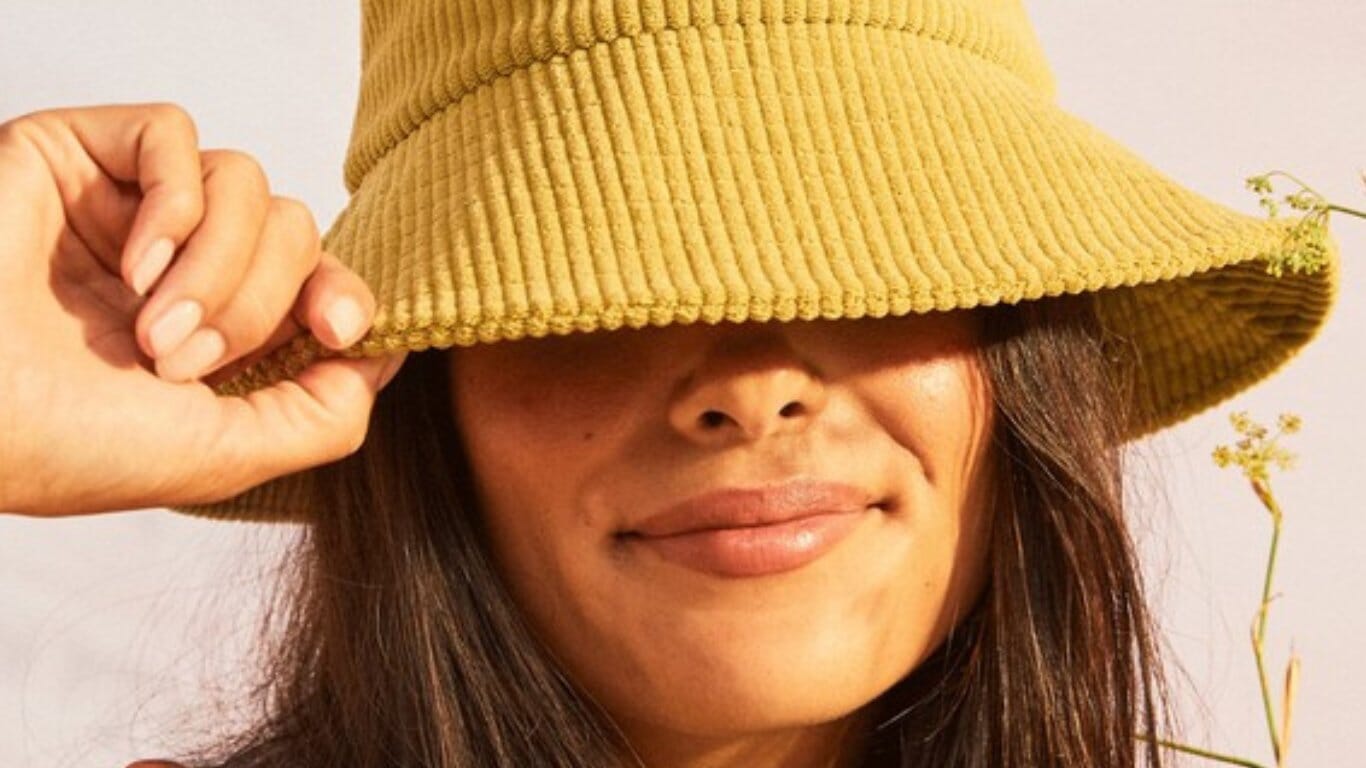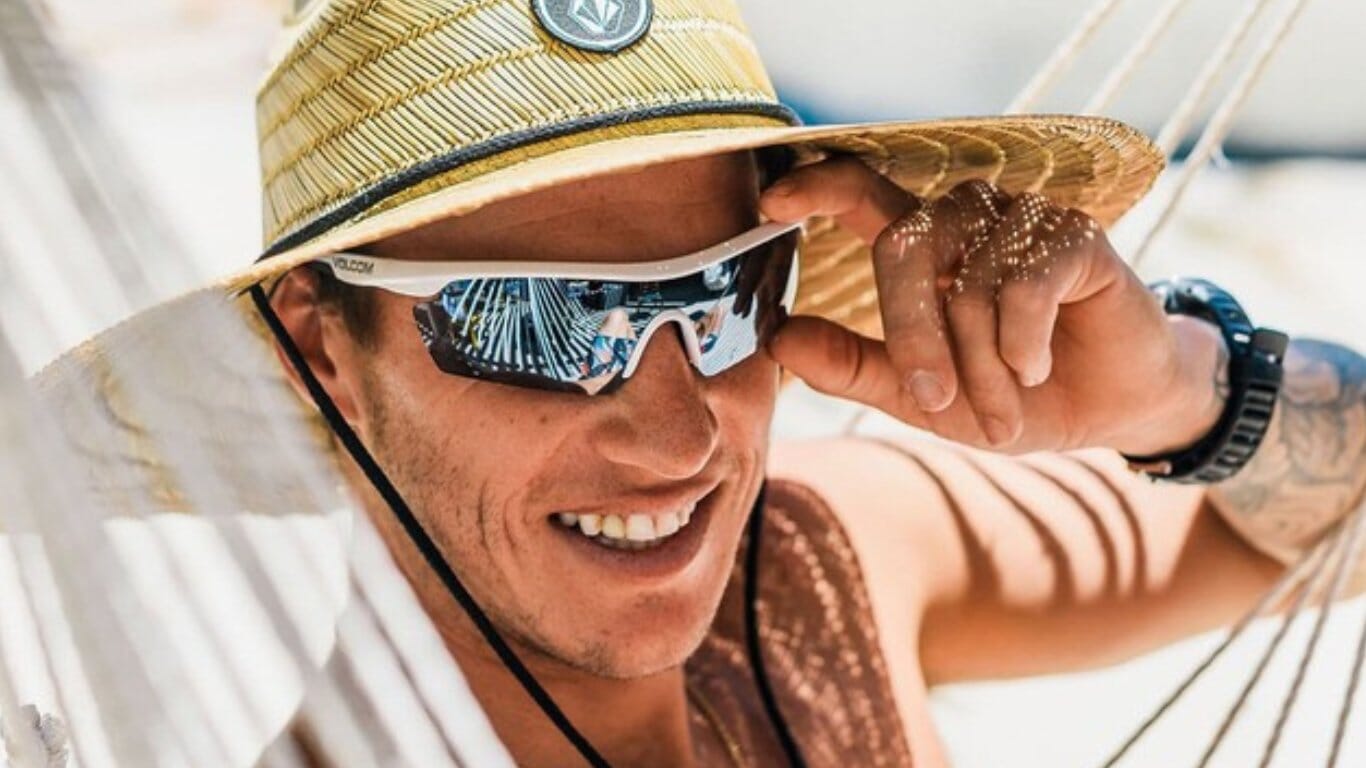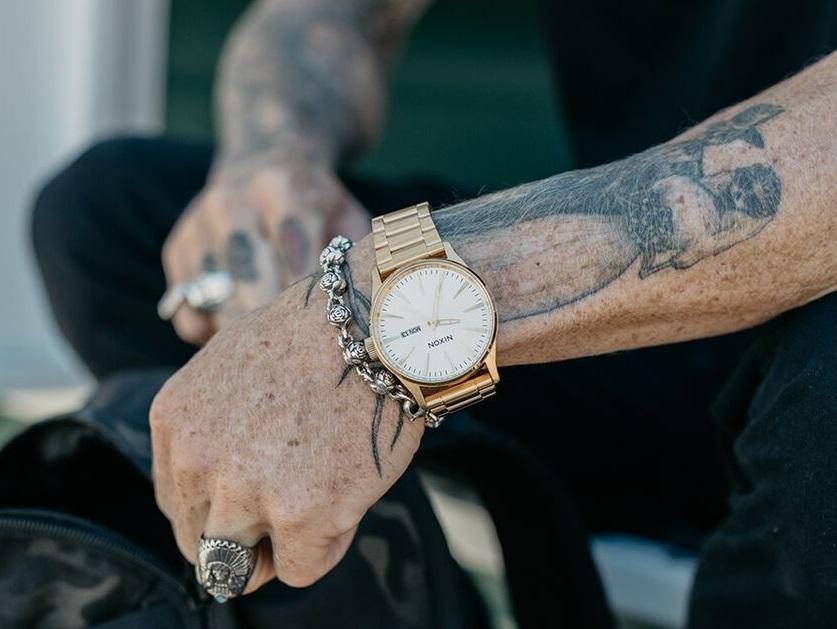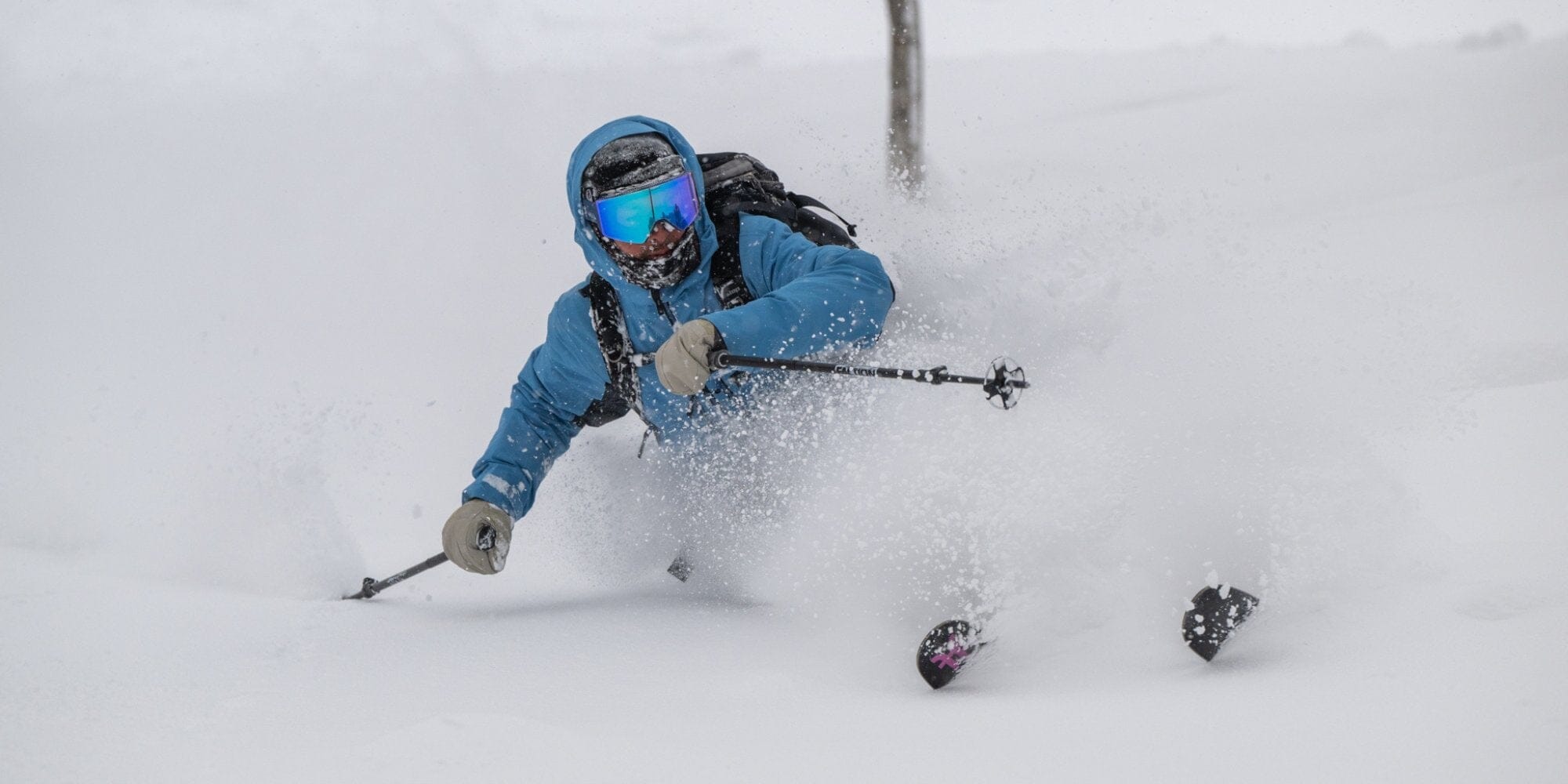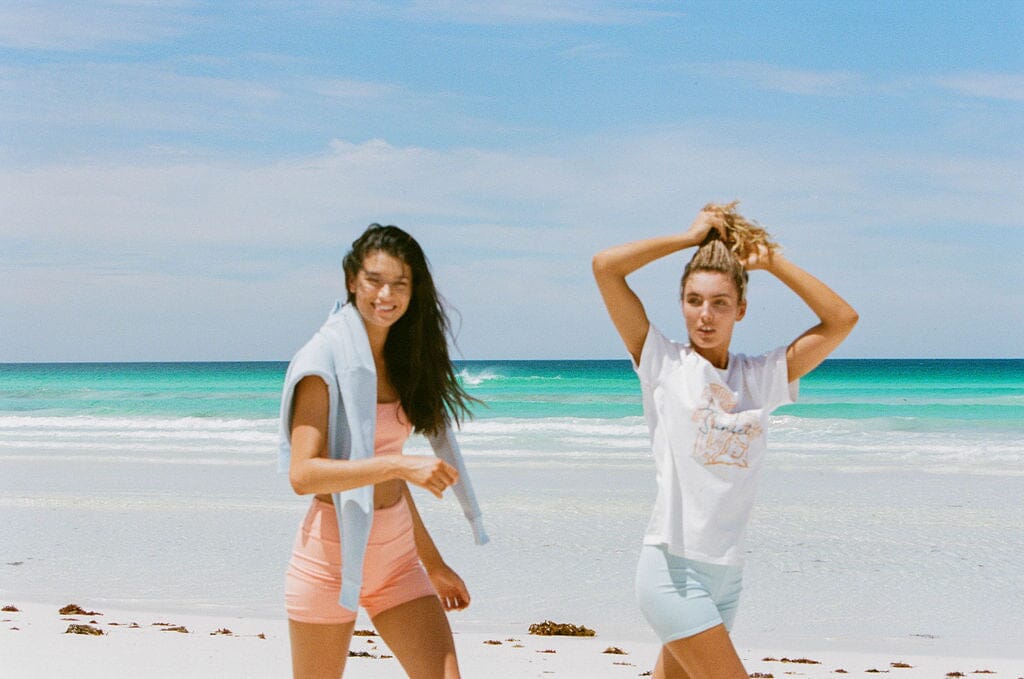Ski Buyers Guide
Choosing the right skis for your needs doesn't need to be hard
Overwhelmed by your ski choices? Bambozzled by the technology and the jargon that is used to describe the tech? We hear you. So, we've put together a NZ ski buyer's guide to your options.
In short: ski sizing charts offer you a rough guide to suitable ski lengths for your height and weight. Other factors, like your ability and style of skiing, also come into play when you are choosing ski lengths. Not much help? Give us a call on 03 443 6698 or contact us if you are unsure about the length to choose. It can be tricky but we are here to make sure you get it right.
Let's go through what you need to consider when buying skis in Aotearoa in 2025 starting with ski trends...
The 2025 NZ ski season's ski trends are all about innovation with a purpose—balancing progressive design with real-world performance. And cross our core brands — K2, Line, Nordica, Rossignol, Blizzard, Salomon, and Armada — several trends are reshaping what skiers can expect from their gear.
Firstly... Why are all new skis call 2026 models?
Us Southern Hemispherers are in a privileged position because we often see ski tech first. That's why 2025's skis are labeled 2026. They are models for the 2025-26 Northern Hemisphere season that you can buy now, often ahead of the main ski market.
What going on with our 2025 (2026) Ski range?
The 2025 NZ ski season's ski trends are all about innovation with a purpose—balancing progressive design with real-world performance. And cross our core brands — K2, Line, Nordica, Rossignol, Blizzard, Salomon, and Armada — several trends are reshaping what skiers can expect from their gear.
One standout trend is the shift toward lighter, more responsive skis without compromising stability. Brands like Blizzard and Salomon are refining their wood core constructions with carbon or flax to create skis that feel nimble underfoot but still charge hard through variable snow. This is especially evident in their all-mountain and freeride ranges.
Nordica and Rossignol are doubling down on versatility, with models that can handle both groomers and powder. Rocker-camber-rocker profiles remain common, but with subtle tweaks for smoother edge control and better float. Expect skis that transition effortlessly between frontside carving and off-piste exploring.
K2 and Line are leading the charge in playful, freestyle-oriented design, catering to a new generation of skiers who want fun, surfy rides in the park and beyond. Lightweight tips, butter zones, and twin-tip shapes are refined for smoother presses, spins, and slashes.
Meanwhile, Armada continues to push the envelope with directional twin shapes and art-driven aesthetics that blend creativity with performance. Their commitment to freeride culture is clear, with models built for everything from deep days to spring slush laps.
Another key trend is sustainability. Several brands, including Salomon and Rossignol, are using more recycled materials and eco-friendly manufacturing processes as part of broader commitments to environmental responsibility.
In short, 2025-26 skis are lighter, more playful, more versatile, and increasingly sustainable. Whether you're carving corduroy, hunting powder, or lapping side hits, there's a model designed to meet your style—no compromises required.
What should you consider in choosing skis?
- How light you are
- How tall you are
- What level of Skiing you are at
- What do you want to get out of your skis
- And your level experience - where you like to ski and any other relevant info would be great.
From there we can recommend some options for you to have a look at to make sure we get you the right tool for the job.
The emphasis has moved away from traditional race skis. Carving/on-piste and all-mountain performance skis offer advanced and expert skiers the benefits of race technology, generated at world cup level, combined with wider waist widths and the deeper sidecuts flowing through from freeride skis.
There are a number of questions to consider that will narrow down your ski choices:
- What type of skier are you?
- What types of skis are available?
- What is your level of skiing?
- What do all the technical terms mean?
What type of skier are you?
The type of skis you should buy depends on the type of terrain you plan to ski and your skills and skiing experience.
Start your search for skis by asking yourself some important questions...
- “How long have you skied?” and “Where have you skied?”
Now you have considered your skiing experience, you need to think about the type of skiing you like:
- Do you like to ski slow, medium or fast?
- Do you like to make wide-open turns or quick snappy ones?
And, finally, you need to think about where you like to ski:
- Beginner, intermediate or expert trails?
- On the piste/groomers, off-piste or in the terrain park?
Keep your skier profile in mind while going through the steps of finding the right ski.
Types of skis explained
Skis are categorized in many ways. It can be very confusing, but there are only a few categories you really need to understand.
- Carve skis: Carving skis are great for intermediate skiers and people who just want to have fun on the snow and mostly on the piste (that means the groomed runs). They are easy to turn and control in most situations. Skiers do not have to expend too much energy. The higher level carvers are designed to perform and are ideal for individuals who are looking to improve and develop their skiing. They are designed to help you progress towards perfect carve turns, with a stiffer tail to give more stability at a higher speed.
- All-Mountain: All-Mountain skis are designed to perform in all types of snow conditions and at most speeds. With wider waists and increased surface area, these skis will ride over difficult crud and variable snow with ease, while the wider tip helps to initiate the turn. This type of ski suits a lot of people because the majority of skiers don’t have the luxury of having several sets of skis to choose from and match to a day’s conditions.
- Big Mountain/Freeride: Big mountain skis have a large surface area due to their wider waist width, this provides excellent flotation in all conditions from fresh powder to crud. Fat skis provide a real advantage if you want to learn to ski deep snow. Most of these skis have deeper sidecuts so they are easy to turn on piste when you need to. Suitable for people who prefer riding off-piste at least 60% of the time.
- Powder: Designed to float atop powder, these are a popular backup pair of skis for those lucky enough to live in or visit places that get the big snow days! The mega-wide waist widths – ranging from 95mm to 130mm – keep the skis from sinking deep into fresh snow, but they can be challenging and sluggish to control on groomed runs.
- Twin Tip skis: Twin tip skis have a curved-up tail along with the standard curved-up tip. Originally, twin tips were most popular with the freestyle set and were used to take off or land jumps backward. Nowadays, twin tips are also available as all-mountain skis, though most are actually “directional twins” – slightly longer and wider in the front. These work well off-piste and in the powder due to their bigger surface area and increased sidecuts.
- Racing: Typically stiffer, longer and narrower than the average ski. Most race skiers know what they want, so there’s no point in going too deep here. If you’re not a racer, don’t even consider race skis. Sometimes they are known as Slalom or GS skis.
All of the above categories can be divided into women’s and junior groupings...
- Women's skis: At BaseNZ we understand that women are built differently to men and that they have different needs in their equipment. Women are generally lighter and smaller than men and, as a result, tend to develop a skiing style based more on technique and finesse rather than raw power. And women’s equipment has been developed with this in mind. Women’s skis are lighter and softer to make pressuring the ski into an arc easier and help ease you into the turn. The binding position is moved forward, shifting weight to the tip of the ski making turn initiation easier. Women’s bindings are also lighter with lower release settings. Some include an angled ramp under the heel moving your body weight forward on the ski to compensate for a lower center of mass.
- Juniors skis: Skis for children come in shorter lengths than adult-size skis and are lighter and softer flexing. When buying equipment for children, make sure to get them the right size skis and boots so they’ll be comfortable, rather than expecting them to grow into larger sizes. Very young children often don’t need poles, which can interfere with learning proper balance.
Determining Your Skiing Ability
After determining the right style of ski you are after, the next important step in choosing snow skis is determining which ones are right for your skill level. A ski built for all skill levels simply does not exist, so it’s vital that you buy a ski matching your ability. Picking a ski that’s either above or below your level will seriously impede your ability to get better.
Advanced level skis are stiffer and require more technique, but they respond quicker; they also need to be skied at higher speeds to make them turn.
Beginner to intermediate skis are softer and more forgiving, making it easier to initiate a turn at slower speeds with less technique. At high speeds, however, they can create a lot of chatter, making them hard to control. The bottom line is that buying a ski above your skill level will be a waste of your money and your time, so choose carefully. Here’s a rough guide to gauging your ability.
There are various different levels of skiing ability that you may be classified under. From lowest to highest, the levels are:
-
Beginner: This is the level for skiers who are just beginning their skiing careers. The skier has either never skied before or has skied only a few times.
-
Advanced Beginner: When a skier is comfortable on the green runs (beginner runs) and is moving up to blue runs.
-
Intermediate: The comfort level is on groomed blue runs that can be skied with relative ease.
-
Advanced Intermediate: The skier is moving up to black diamonds and other terrain.
-
Advanced: Black diamonds and other terrain are comfortable.
- Expert: All-terrain including powder, out of bounds, moguls, etc. are skied with ease.
The key is to pick a range that you are comfortable with, but one you can also improve with, unless of course, you are an expert. Look for a pair of skis that match your level at the lowest part of the range; this way you can improve with your ski.
There is no advantage to buying a ski that is significantly better than you. More advanced skis must be “loaded up,” meaning you really need to get some speed and weight into them to get them to carve. But if you can’t get the right speed and pressure, the skis will be difficult to control.
Technical Terms Explained
Sidecut
Technically speaking, sidecut refers to the long, inward curves on both sides of a ski. It's designated by 3 numbers: the widths, in millimeters, of the ski's tip, waist and tail. The greater difference in these numbers means the larger the sidecut.
All modern skis have a sidecut so that they can turn when you tip them onto the edge. Without it, your skis would want to go straight when you decided to cut left or right.
Width
Skis continue to get wider in most user groups. Ski width is typically measured in three areas: the width at the tip, at the waist, and at the tail (for example, 122/90/115). These measurements give you an accurate idea of the uses for a ski.
Generally, your ski needs to be wider if you’re going to be skiing in powder. The more time you plan to spend off-piste /in powder, the wider you want your skis to be. This spreads your weight out and lets you glide over the snow, instead of plowing through it. Wider skis also provide a more stable platform, which makes it easier to balance when moving through variable snow conditions.
Flex
Ski flex is the term used to describe how hard it is to bend the ski in order to make it turn. A softer flex is used a lot in beginner skis, as it makes them easier to handle. As riders improve they ride faster and more powerfully meaning they require a stiffer flexing ski to get the most control and performance.
Integrated Binding system
While sorting through skis, you’ll notice many come with bindings attached. These are known as integrated bindings, as they are built into and are a part of the skis themselves. So, what set-up should you choose? Unless you’re an experienced racer or freestyle skier with specific binding needs, integrated bindings are highly recommended.
Length
Very basically: Shorter = easier. Longer = harder, but faster. Because of the sidecut, skis no longer need to be long in length to give you plenty of stability at high speeds. As a general rule, most beginner skis should come up to your nose, intermediate skiers around eye height and expert skiers your forehead to head height. But you need to consider the type of skiing you’ll be doing, your skill level, and your weight. All these things impact how long a ski should be.
Generally, beginners and intermediates should stick with shorter skis for ease of turning and better control. Once you move up to greater speed and different kinds of conditions, you can begin to play around with your ski length — longer might in time be better for you.
Here is a bit of info to help you narrow your ideal ski length down.
Optimal ski length is determined according to (in order): weight, physical ability, skier height and type of skier (aggressive/non-aggressive).
Less aggressive skiers should choose a smaller size, while more aggressive and experienced skiers may want to choose a size up.
| PISTE | ALL MOUNTAIN | FREERIDE | |
|---|---|---|---|
| Beginner | Your height - 10 cm | Your height - 10 cm | Your height - 5 cm |
| Intermediate | Your height - 7 cm | Your height - 5 cm | Your height |
| Experienced | Your height - 5 cm | Your height | Your height |
| Expert | Your height | Your height + 5 cm | Your height + 5 cm |
GO SHORTER, CLOSER TO YOUR CHIN IF:
- You are a beginner-intermediate level skier
- You prefer making shorter/quicker turns
- You are looking for a carving ski
- You weigh less than average for your height
GO LONGER, CLOSER TO THE TOP OF YOUR HEAD IF:
- You are an advanced-expert level skier
- You like skiing fast and making longer turns
- You mostly ski off trial
- You are looking at a ski with a lot of rocker
- You weigh more than average for your height
Need further help? Get in touch our ski crew would love to help you identify the best skis for your needs.



